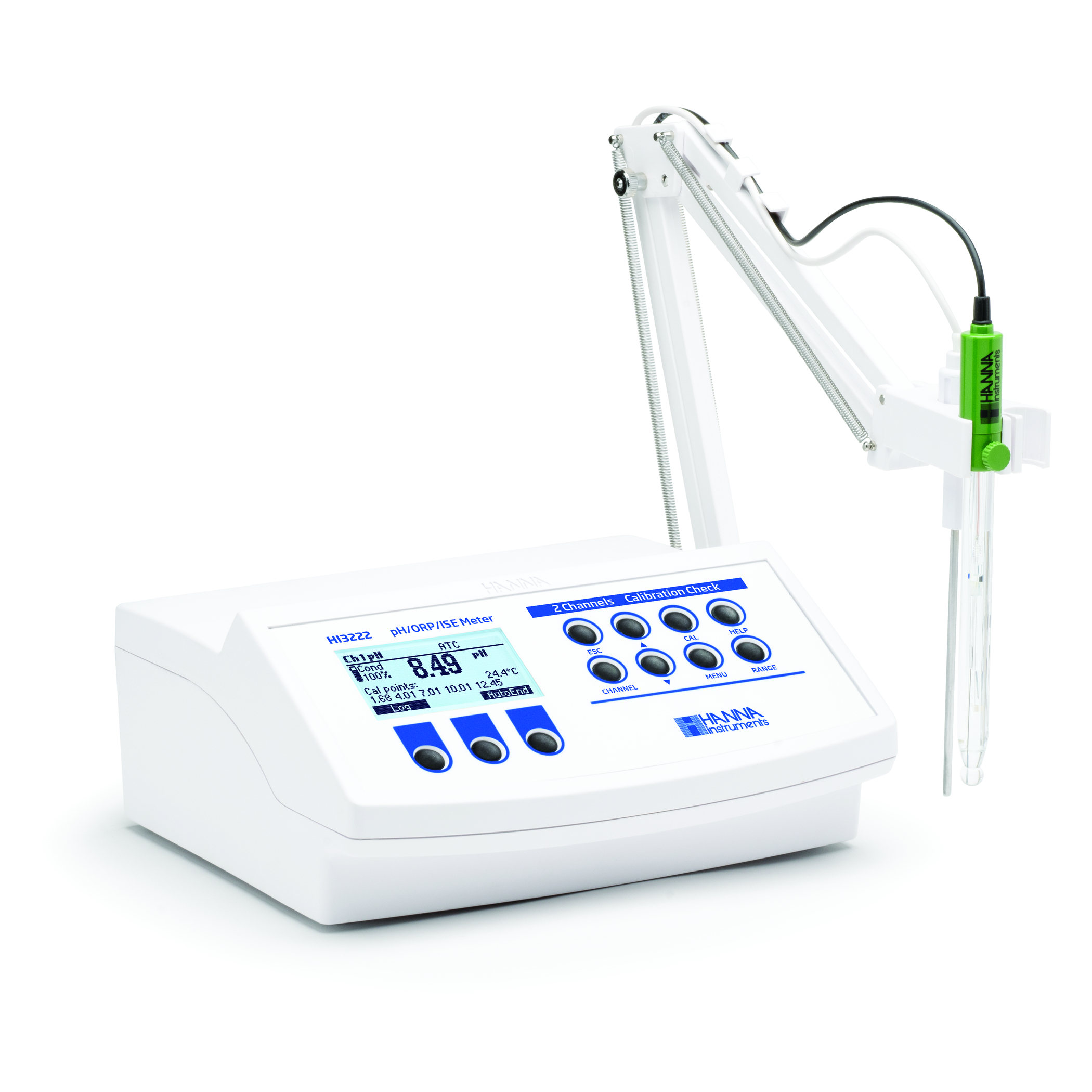
Importance of determination of Hardness and Alkalinity of water
With rise in the requirement of water for industrial, agricultural, and domestic consumption, resources are being used and re-used more
End of Content.
End of Content.

pH measurement plays a crucial role in a wide range of industries and scientific disciplines. From agriculture to pharmaceuticals, environmental monitoring to food and beverage production, pH measurement provides valuable insights into the acidity or alkalinity of a solution. However, not all pH electrodes are created equal. In fact, different applications require different types of pH electrodes to ensure accurate and reliable measurements. In this article, we will explore the reasons behind the need for different pH electrodes for different applications.
Before delving into the specifics of different pH electrodes, let’s first understand the basics of pH measurement. pH is a measure of the concentration of hydrogen ions (H+) in a solution, which determines its acidity or alkalinity. The pH scale ranges from 0 to 14, with 7 considered neutral, values below 7 acidic, and values above 7 alkaline. To measure pH accurately, a pH electrode, also known as a pH sensor or probe, is used in conjunction with a pH meter.
pH Range: Different applications cover a wide range of pH values. For instance, in the field of agriculture, soil pH typically ranges from acidic to slightly alkaline, while in the manufacturing of alkaline batteries, highly alkaline solutions are involved. pH electrodes are designed to operate optimally within specific pH ranges to provide accurate measurements. Electrodes with glass membranes are commonly used for the majority of applications, as they cover the neutral to slightly alkaline pH range. However, specialized electrodes, such as those with epoxy or polymer bodies, are employed for measurements in highly acidic or highly alkaline solutions.
Chemical Compatibility: pH electrodes come into contact with various chemical solutions, and different applications involve different chemicals. Certain chemicals can react with electrode materials, causing drift, contamination, or damage to the electrode. To ensure accurate and reliable measurements, pH electrodes are constructed using different materials that are chemically compatible with the substances being measured. For example, electrodes with bodies made of chemically resistant materials like glass, epoxy, or plastic are used in harsh chemical environments, whereas electrodes with bodies made of stainless steel or titanium are employed in applications involving strong oxidizers or reducing agents.
Temperature Compensation: pH measurements can be affected by changes in temperature. To compensate for temperature variations, some pH electrodes are equipped with built-in temperature sensors, known as temperature compensation elements. These elements provide temperature data to the pH meter, allowing it to adjust the pH reading based on the temperature of the solution. Temperature compensation is especially important in applications where accurate and precise measurements are required, such as scientific research or quality control processes.
Sample Type: pH measurements are performed on a diverse range of samples, including liquids, semi-solids, and even gases. Each sample type presents unique challenges and requirements for pH measurement. For instance, measuring pH in a viscous solution like creams or gels requires a specialized pH electrode with a flat glass membrane or a penetration electrode. On the other hand, measuring pH in gas-phase applications, such as emissions monitoring or fermentation processes, necessitates pH electrodes specifically designed for gas-phase measurements.
Hygiene and Sterilization: In applications involving food and beverages, pharmaceuticals, or biotechnology, strict hygiene and sterilization protocols must be followed. pH electrodes used in these industries are designed to be easily cleaned and sterilized to prevent cross-contamination and ensure the accuracy and safety of measurements. Some electrodes have smooth surfaces, minimal crevices, and can withstand cleaning agents, autoclaving, or other sterilization methods, making them suitable for hygienic and sterile environments.
Sensitivity and Response Time: Different applications require different levels of sensitivity and response time from pH electrodes. Sensitivity refers to the electrode’s ability to detect small changes in pH, while response time refers to how quickly the electrode reaches a stable pH reading after being immersed in a sample. For example, in research or analytical laboratories where precision and rapid measurements are crucial, electrodes with high sensitivity and fast response times are preferred. In contrast, in general-purpose applications or long-term monitoring, electrodes with lower sensitivity and slower response times may be suitable.
Hanna Instruments recognizes the diverse range of pH measurement needs across various industries and scientific disciplines. That is why we offer a wide selection of pH electrodes, each designed to cater to specific application requirements. Whether it’s the pH range, chemical compatibility, temperature compensation, sample type, hygiene, sterilization, sensitivity, or response time, we understand the importance of choosing the right electrode for accurate and reliable pH measurements.

With rise in the requirement of water for industrial, agricultural, and domestic consumption, resources are being used and re-used more

Any time you pick up a metal object, chances are that the item has some sort of plating on it.
To empower customers to achieve quality
by supplying intuitive, accurate, and reliable analytical instruments with exceptional customer service and value.
We take pride in every product we build. From an original idea, to a completed product ready for testing. We oversee every aspect of the manufacturing process. It is this level of attention to detail that sets us apart.
To empower customers to achieve quality by supplying intuitive, accurate, and reliable analytical instruments with exceptional customer service and value.
We take pride in every product we build. From an original idea, to a completed product ready for testing. We oversee every aspect of the manufacturing process. It is this level of attention to detail that sets us apart.
To empower customers to achieve quality by supplying intuitive, accurate, and reliable analytical instruments with exceptional customer service and value.
We take pride in every product we build. From an original idea, to a completed product ready for testing. We oversee every aspect of the manufacturing process. It is this level of attention to detail that sets us apart.